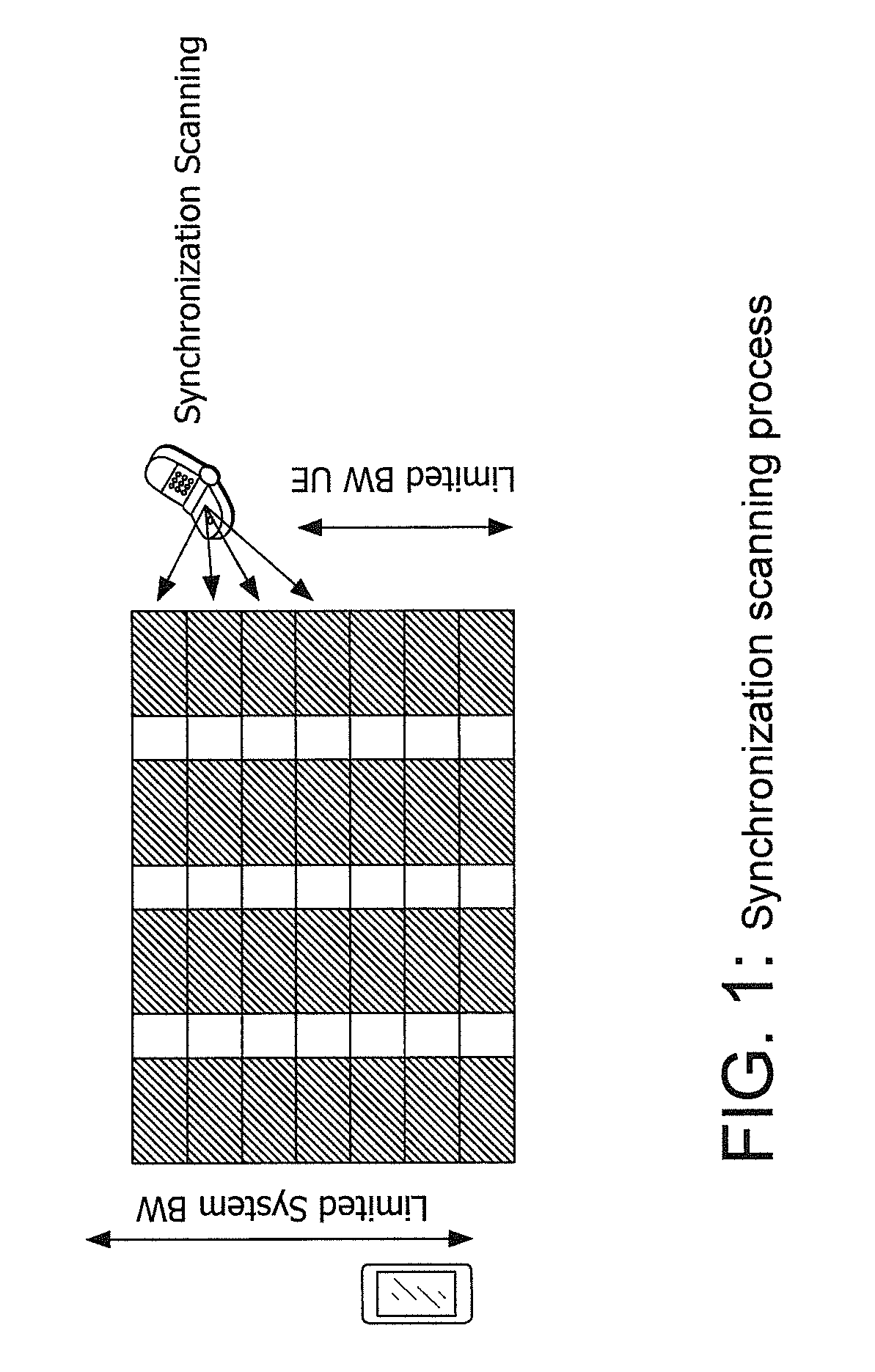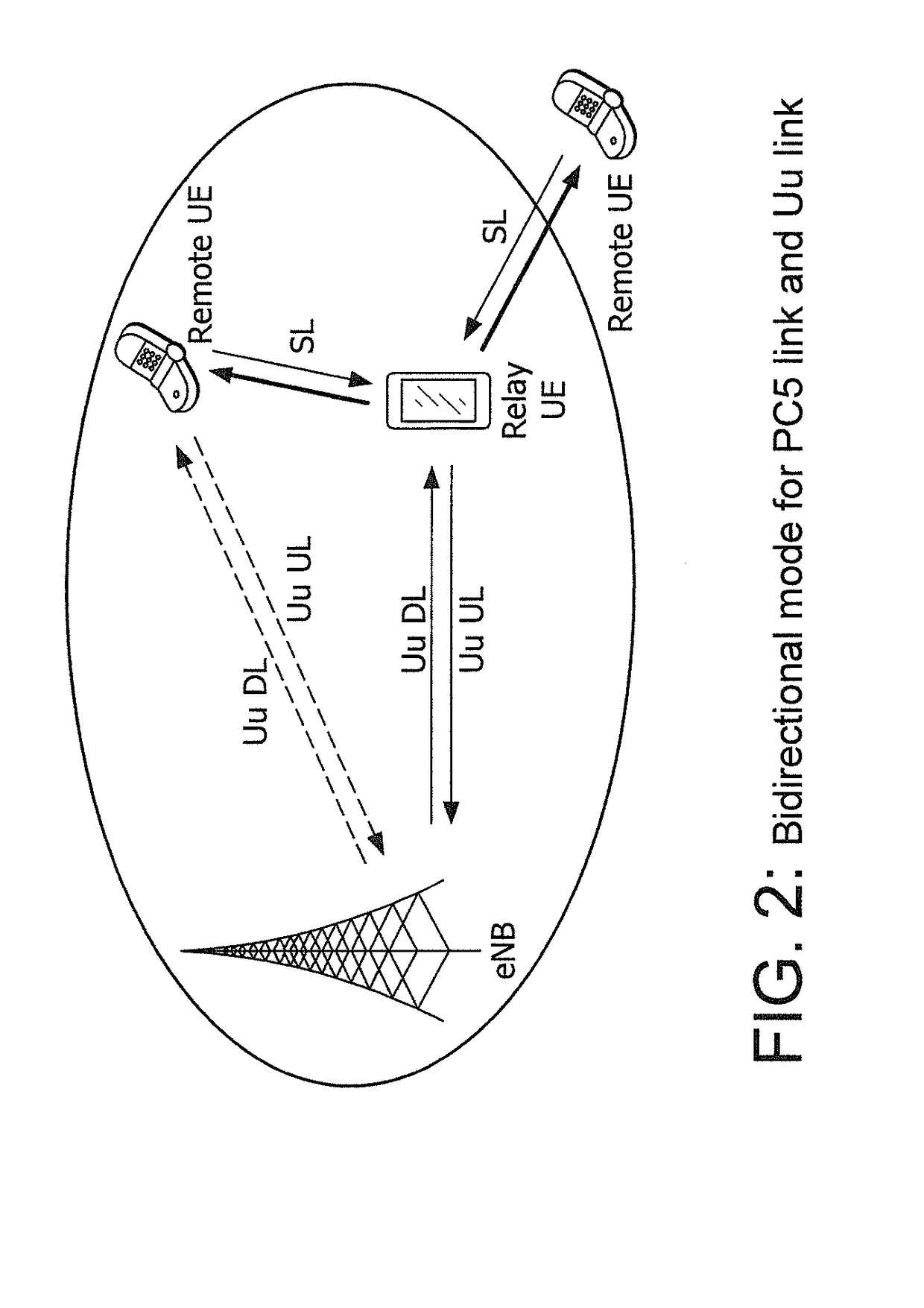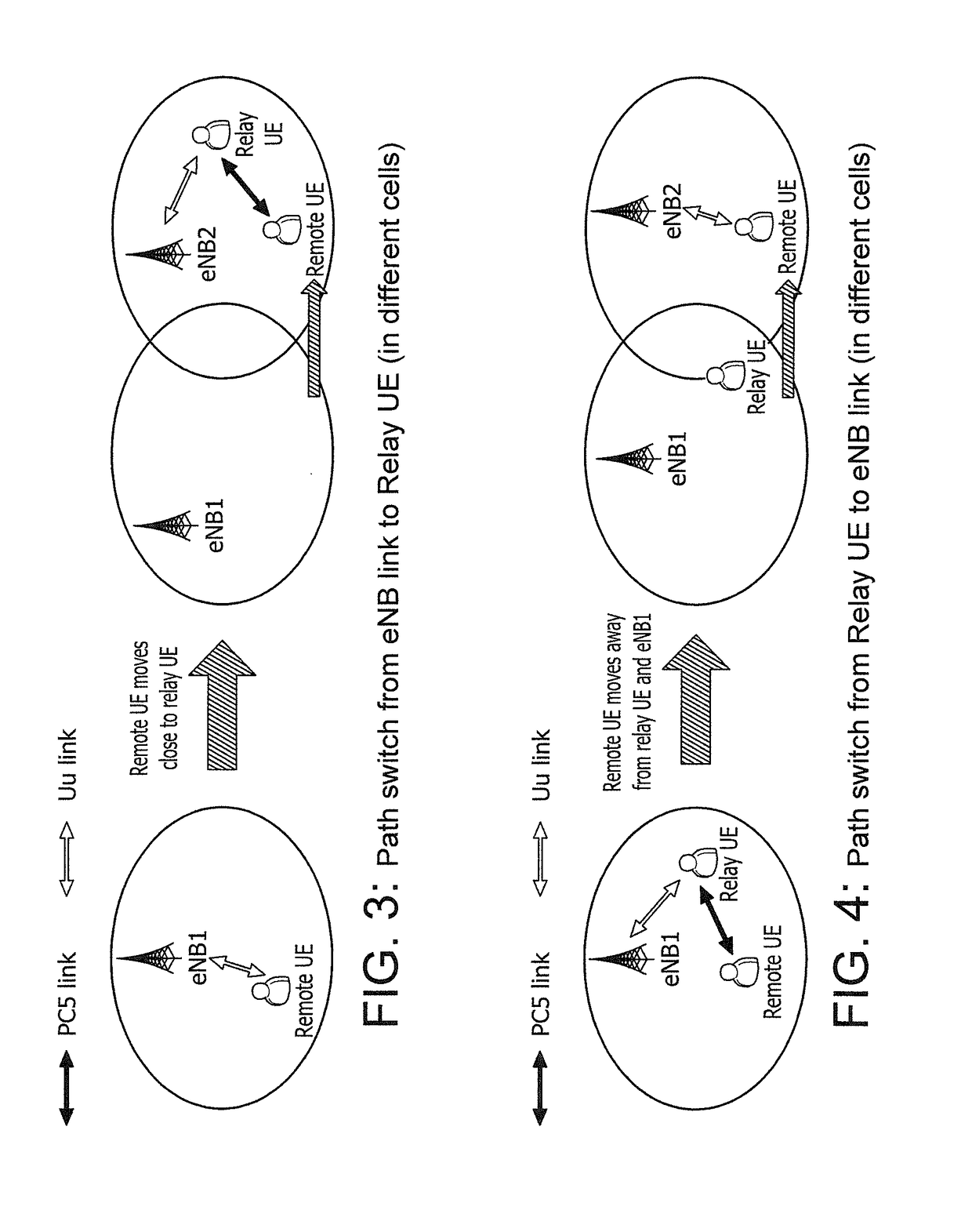Device to device synchroinzation for limited bandwidth ues
a technology of limited bandwidth and device, applied in the direction of synchronisation arrangement, machine-to-machine/machine-type communication service, connection management, etc., can solve the problem of time-consuming synchronization procedure, achieve the effect of reducing time consumption in synchronization procedure, reducing time and energy consumption, and improving initial synchronization for devices
- Summary
- Abstract
- Description
- Claims
- Application Information
AI Technical Summary
Benefits of technology
Problems solved by technology
Method used
Image
Examples
Embodiment Construction
[0055]Referring to the drawings, embodiments are illustrated for the selection and reselection of a synchronization source that may make possible a reduction of the time in the synchronization procedure, with the selection and reselection of the synchronization source for 1 PRB bandwidth limited UEs (e.g. NB-IoT) in a wireless system, in which the synchronization source can be of type eNB or UE.
[0056]FIG. 1 illustrates a situation in which synchronization scanning might occur. The synchronization scanning process shows a Limited BW UE scanning to locate a Relay UE for synchronization with a source that may be an eNB or UE. The device shown as a Relay UE may in fact be the synchronization source, if there is no more authoritative source with which it can itself synchronize. If there is a more authoritative source, either an eNB or other base station or another UE, then the Relay UE relays synchronization commands from that source.
[0057]Because the Limited BW UE cannot survey as much ...
PUM
 Login to View More
Login to View More Abstract
Description
Claims
Application Information
 Login to View More
Login to View More - R&D
- Intellectual Property
- Life Sciences
- Materials
- Tech Scout
- Unparalleled Data Quality
- Higher Quality Content
- 60% Fewer Hallucinations
Browse by: Latest US Patents, China's latest patents, Technical Efficacy Thesaurus, Application Domain, Technology Topic, Popular Technical Reports.
© 2025 PatSnap. All rights reserved.Legal|Privacy policy|Modern Slavery Act Transparency Statement|Sitemap|About US| Contact US: help@patsnap.com



